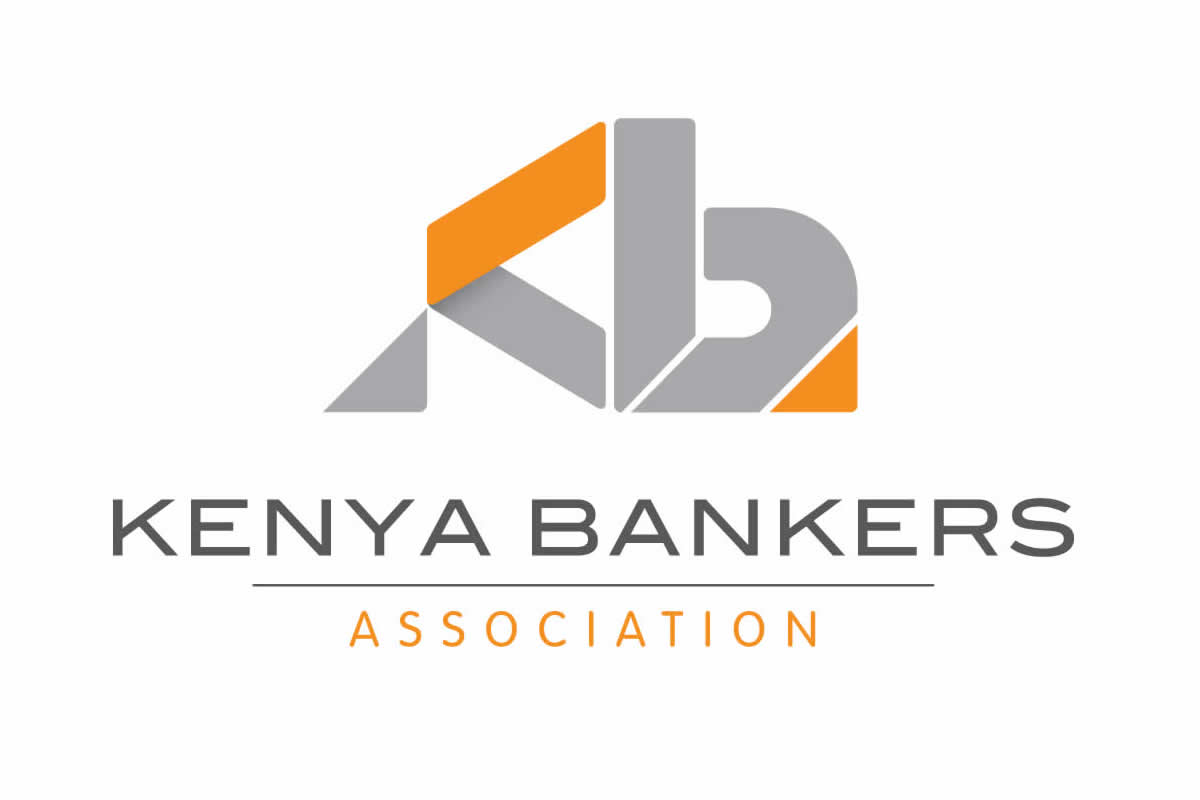KBA Members Approve 2014/18 Strategic Plan as KWFT Joins the Industry Umbrella Body
Nairobi, 26 JUNE 2013: Members of the Kenya Bankers Association (KBA), the banking industry umbrella body, appointed their Governing Council during the KBA 52nd Annual General Meeting that was held on 26 June 2014. The new Governing Council will serve for a period of 12 months under the chairmanship of Joshua Oigara of Kenya Commercial Bank (KCB), and vice chairman Jeremy Ngunze of Commercial Bank of Africa. The General Body also approved the KBA 2014 to 2018 Strategic Plan and welcomed on board a new Associate Member.
Mr. Jeremy Awori, who served as KBA Chairman for the past 12 months, has steered the industry in implementing various progressive initiatives that have contributed to stability of the sector amidst the volatile macroeconomic and regulatory environment. During his remarks, Mr. Awori said the banking industry is dynamic and has evolved significantly in the last 50 years, contributing to the growth and development of the economy. Looking forward, he underscored the importance of leveraging on technical synergies across the industry as well as enhancing policy engagements through research and sharing of best practices from the developed markets. “Over time, we have collectively positioned the banking industry to be at the centre of the economy. As we venture into the next 50 years, the role of banks will continue to be relevant to the extent of how as an industry we anticipate and adapt to the dynamic market environment,” he said. “Since the inception of the KBA Center for Research on Financial Markets and Policy, we have established an advantaged capability that is consistently shaping our policy engagements. The industry will increasingly need to leverage on this capability, as well as technical synergies to meet the evolving customers’ needs and enhance capacity to offer technology-driven solutions. I am confident that we will work together as an industry to capitalise on the opportunities to build a more innovative, inclusive and sustainable banking system,” he said. Mr. Awori concluded by thanking the members for their role in efficiency and transformation programmes. He also took the opportunity to officially welcome Kenya Women Microfinance Bank (KWFT) to the Association. On his part, KBA Chief Executive Officer Mr. Habil Olaka appreciated the role of the outgoing Chairman, noting that Mr. Awori has been instrumental in leading several industry initiatives, including the recent implementation of the Annual Percentage Rate (APR) pricing mechanism which seeks to promote greater transparency within the industry. In addition, he recognized the support of the Governing Council and the KBA Committees and Sub-Committees which form KBAs governance structure.
KBA Governing Council for the 2014/2015 period:
The KBA General Body is now comprised of the 45 banks that are licensed and regulated by the Central Bank of Kenya. These banks are represented by their Chief Executive Officers/Managing Directors, who appoint a Governing Council to oversee industry wide activities on behalf of the General Body.
The 2014/2015 Council Member Banks are as follows:
- Kenya Commercial Bank
- Standard Chartered Bank (K)
- Barclays Bank of Kenya
- Co-Operative Bank of Kenya
- Commercial Bank of Africa
- Diamond Trust Bank
- I&M Bank
- NIC Bank
- Family Bank
- Guardian Bank
- Middle East Bank
- Housing Finance
- Equatorial Commercial Bank
The KBA Governing Council is elected to represent three industry categories – large, medium-sized and small banks – as defined by the KBA Constitution.
KBA 2014/18 Strategic Plan
In 2013, the KBA Secretariat conducted a comprehensive assessment of the Association’s performance and areas of improvement, a process that included internal and external stakeholder consultations. An analysis of the operations of local and international Business Membership Organizations (BMOs) was also undertaken in an effort to determine the ideal operating model for KBA. Some key highlights from the planning process included redefining KBA’s ambition to ensure that the members, supported by the Secretariat, worked together to reinforce the banking industry’s ability to be a primary driver of the economy’s development aspirations.
To realize this ambition, four strategic objectives were identified, namely:
- Policy Influence: Enhancing KBA’s role in promoting effective industry policies that contribute to a stable and growing banking system.
- Efficient Industry: The industry will collaborate on initiatives that continuously improve operational efficiency for the development of the industry and overall benefit of the banking public.
- Industry Growth & Sustainability: Growing the financial services market by increasing the number of financially included and the market share of banks across all financial services and products.
- KBA Sustainability: Enabling the Secretariat to diversify its income sources with the goal of realizing a non-subscription revenue to operating expenses ratio of 20% by 2018.


